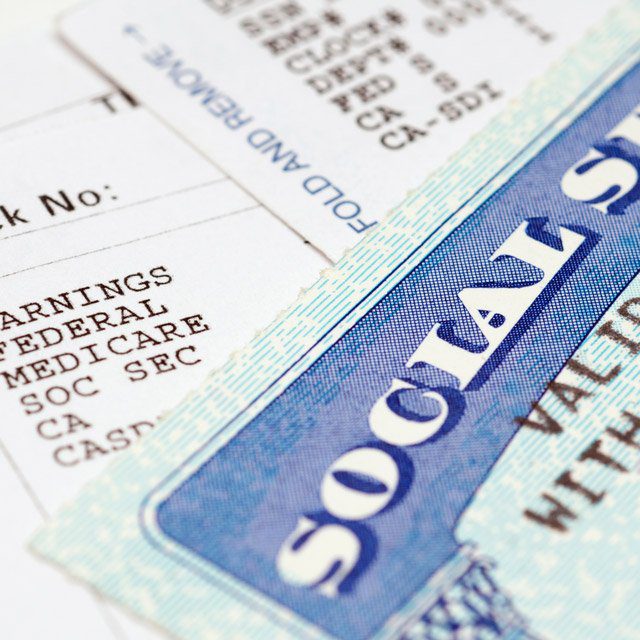What if Social Security Went Bust and Kept Paying Full Benefits?

The Social Security trust fund used to pay retirement benefits is on track to be depleted as soon as 2032, according to a new analysis published by the Congressional Budget Office.
According to the report, the Old-Age and Survivors Insurance Trust Fund is likely to be exhausted in fiscal 2032, while the Disability Insurance Trust Fund is set for exhaustion much later, in 2052.
The OASI projection is slightly more pessimistic than the latest outlook offered by the Social Security Administration itself, which pins the retirement trust fund depletion date in 2033.
The CBO also includes an intriguing analysis that asks, in effect, what would happen if the Social Security program were to continue to pay benefits as scheduled under current law — regardless of whether the program’s two trust funds had sufficient balances to cover those payments.
In the analysis, the CBO projects that if Social Security paid benefits as scheduled, spending on the program would have to increase over time from 5.2% of gross domestic product in 2023 to 7.0% in 2097.
As the CBO report explains, under current law, revenues dedicated to the Social Security program would remain around 4.6% of GDP over the same period. As such, the funding of full benefits would need to be supported by some meaningful new form of revenue or an infusion of outside money.
In the CBO’s latest projections, the program’s 75-year actuarial deficit is equal to 1.7% of GDP, or 5.1% of taxable payroll, which is slightly higher than what CBO projected last year.




